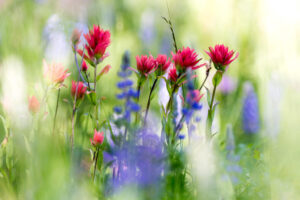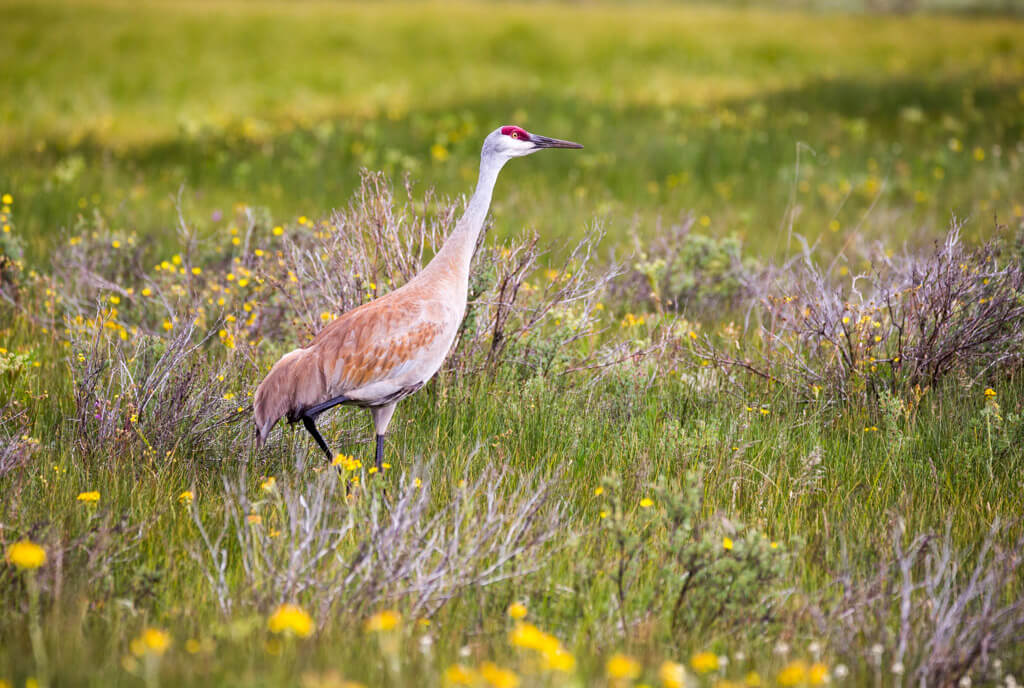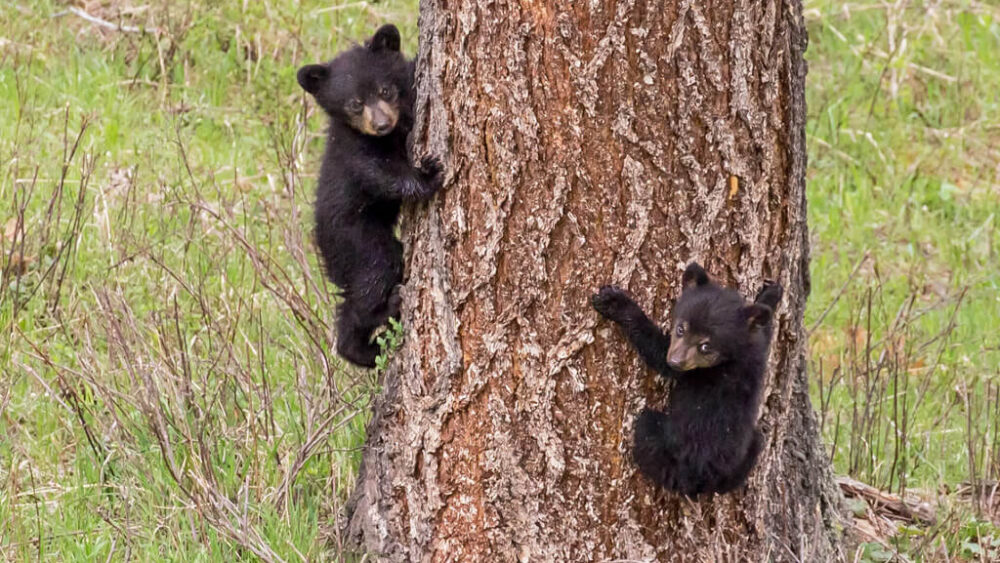By Amanda Hagerty, Director of Education
As winter’s icy grip gradually loosens, a transformation occurs across Yellowstone National Park. While days grow longer and the temperatures rise, the park undergoes a metamorphosis, bursting into life with the arrival of spring. Amidst the breathtaking landscapes of towering peaks, meandering rivers, and splashing geysers, springtime in Yellowstone unveils a spectacle of natural wonders that captivates the senses and inspires awe in all who behold it.
 One of the most fascinating aspects of spring in Yellowstone is the phenology – the study of the timing of biological events and their relationship to seasonal changes. From the emergence of delicate wildflowers to the return of migratory birds, every unfolding moment in the park’s ecosystem is a testament to the intricate dance of life and the rhythm of the seasons.
One of the most fascinating aspects of spring in Yellowstone is the phenology – the study of the timing of biological events and their relationship to seasonal changes. From the emergence of delicate wildflowers to the return of migratory birds, every unfolding moment in the park’s ecosystem is a testament to the intricate dance of life and the rhythm of the seasons.
When the snow begins to melt and recede, it reveals patches of earth beneath, and a kaleidoscope of wildflowers bursts forth in a riot of colors. From the iconic pink blooms of bitterroot to the yellow petals of arrowleaf balsamroot, the park is adorned with a vibrant tapestry of floral diversity. Each bloom represents not only the beauty of spring but also crucial milestones in the ecological calendar, providing food and habitat for a myriad of insects, birds, and other wildlife.
In tandem with the blooming of flowers, the park resonates with the melodious songs of migratory birds returning to their summer breeding grounds. Warblers, sparrows, and swallows fill the air with their enchanting tunes, while iconic birds, such as red-tailed hawks, sandhill cranes, trumpeter swans, and harlequin ducks scout for potential nesting sites. The arrival of these avian visitors heralds the beginning of a bustling season of courtship, nesting, and raising young, as the park’s inhabitants take full advantage of the fleeting warmth and abundance of resources.
 Meanwhile, beneath the surface of rivers and streams, another remarkable transformation is underway as aquatic insects hatch and emerge from their watery homes. Stoneflies, mayflies, and caddisflies, among others, undergo a remarkable metamorphosis, transitioning from nymphs to winged adults in a display of natural resilience and adaptability. These aquatic insects play a vital role in the park’s food web, serving as a critical food source for fish, amphibians, and birds, and their emergence signals the beginning of a flurry of activity for predators and prey alike.
Meanwhile, beneath the surface of rivers and streams, another remarkable transformation is underway as aquatic insects hatch and emerge from their watery homes. Stoneflies, mayflies, and caddisflies, among others, undergo a remarkable metamorphosis, transitioning from nymphs to winged adults in a display of natural resilience and adaptability. These aquatic insects play a vital role in the park’s food web, serving as a critical food source for fish, amphibians, and birds, and their emergence signals the beginning of a flurry of activity for predators and prey alike.
Visitors marveling at the wonders of spring in Yellowstone are encouraged to recognize the significance of phenology in understanding and appreciating the delicate balance of nature. By observing and documenting the timing of biological events, scientists can gain valuable insights into the effects of climate change and other environmental factors on ecosystems worldwide, helping to inform conservation efforts and protect biodiversity for future generations.
For those eager to delve deeper into the wonders of Yellowstone’s springtime phenology, Yellowstone Forever offers a range of educational programs and opportunities for visitors to immerse themselves in the park’s natural beauty and scientific wonders. Whether joining a guided hike, participating in a Yellowstone Day Adventure, or attending an in-depth Field Seminar, there are countless ways to deepen your understanding and appreciation of the park’s incredible biodiversity. In the meantime, to learn more about phenology and to become involved in tracking seasonal activity please visit the National Phenology Network.
From the smallest wildflower to the mightiest grizzly bear, every living creature plays a vital role in the rich tapestry of life that thrives in this awe-inspiring landscape. Come explore and discover the magic of springtime in Yellowstone and join us in stewarding this natural treasure for generations to come.
Featured Image: Jim Futterer, Indian Paintbrush, YF / Matt Ludin, Sandhill Crane, YF / Matt Ludin









Comments are closed.